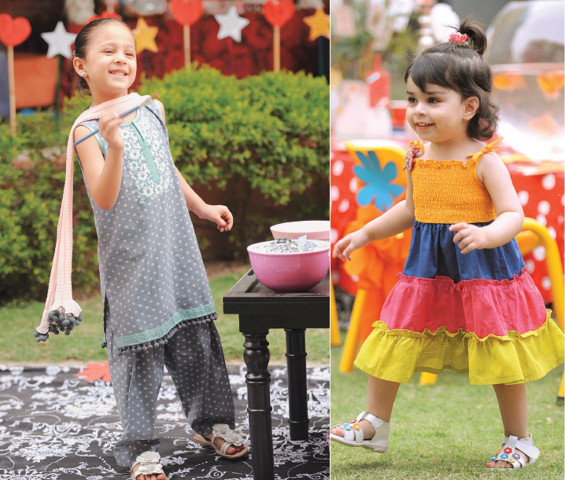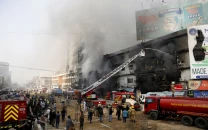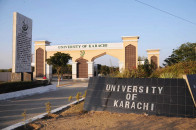Parenting 101: How to spot signs that your child is being abused
Most common causes of death are drowning, traffic injuries and falls.

Parenting 101: How to spot signs that your child is being abused
The most common cause is drowning (22 per cent), with road traffic injuries next (12 per cent), and followed by falls (12 per cent). In another study conducted by five emergency departments across the city - Jinnah Postgraduate Medical Centre, Civil hospital, Abbasi Shaheed Hospital, Liaquat National Hospital and the Aga Khan University Hospital (AKU) - it was found that 72 per cent of the injuries were taking place either at or around the home.
The study, which was conducted over a three-month period and analysed 566 children, further showed 60 per cent of injuries were caused by children falling down, mostly on the stairs, another 11 per cent were dog bites and the same for burns, a majority of the time by hot liquids such as tea. But what demands even more concern and attention is the cause behind these injuries.
Sometimes the injuries we witness in the emergency department tell barely half the story, says Dr Junaid Razzak, who is an associate professor and heads the department of emergency medicine at the AKU. “Usually drowning and burns are considered unintentional injuries but in some cases on frequent recurrence and further investigation, a trend of abuse emerges,” he explains. In most cases, the care giver is also the abuser which puts medical personnel in a difficult predicament.
But in the absence of any major trauma and the lack of public childcare facilities, medical authorities feel their hands are tied and they cannot involve the police, Razzak says. “In extreme cases, we admit the child at least overnight but the ultimate protector is the state and with no child safety laws we have no alternative but to return the children.”
At least 10 potential abuse cases show up at the AKU every year, however, unofficially the number is said to be at least five times higher. “Let’s just say there is major underreporting on child abuse in the medical system,” Razzak says.
Some signs of recognising abuse in children under five years are bruises of various ages (meaning a three- or four-day old bruise looks different from one that the child received the day before), rib fractures, different burn marks (those of a cigarette or iron which is passed off as caused by tea or other hot liquids).
For younger children, a symptom known as shaken baby syndrome is common. It manifests physically through bleeding in the eyes. This mostly happens when annoyed and exasperated parents shake a baby really hard if it doesn’t stop crying for a long time. Since the baby’s brain is still floating, this violent action can cause some serious damage.
Speaking about solutions, Razzak puts the onus of children’s welfare on the state as the private sector would be very stressed if they were brought in between a parent, even if they were abusive, and child. He also suggests counselling new mothers or mothers to be. “As a nation, we have problems with communicating our frustration,” he says, “and that is what is taken out on children and needs to stop.”
Sexual abuse
It is widely and incorrectly believed that just young girls are the target of sexual abuse, says Dr Sohail Thobani, a consultant paediatrician at South City Hospital and AKU. “Abusers or molesters are almost always people who know and have access to children,” he warns, adding that parents need to be extremely vigilant. They need to ensure that any male’s interaction with their children should take place in an open and supervised environment.
Speaking to The Express Tribune on condition of anonymity, a paediatrician with a private practice shared some of the harrowing cases of child abuse they witnessed over the course of their career. “I once had a young boy come in with repeated problems of constipation,” he said. After the third visit, the mother blurted out that their gatekeeper had been sexually abusing the child. This doctor also saw an eight-year-old boy with similar symptoms, who he discovered was being abused by his religion teacher.
For young girls though, a urinary tract infection can ring the first alarm bells. When asked to comment on how parents can tackle these cases, Dr Thobani recommends: “It is essential to speak to children and make them aware that no one is supposed to touch their private parts and if someone does or tries to, they need to inform their parents immediately.” More importantly, perhaps, is that parents need to make it clear to the child that they will not become angry if their child shares this kind of information nor is it their fault. They need to be told to never succumb to threats as well.
Published in The Express Tribune, December 14th, 2010.








1733130350-0/Untitled-design-(76)1733130350-0-208x130.webp)









COMMENTS
Comments are moderated and generally will be posted if they are on-topic and not abusive.
For more information, please see our Comments FAQ